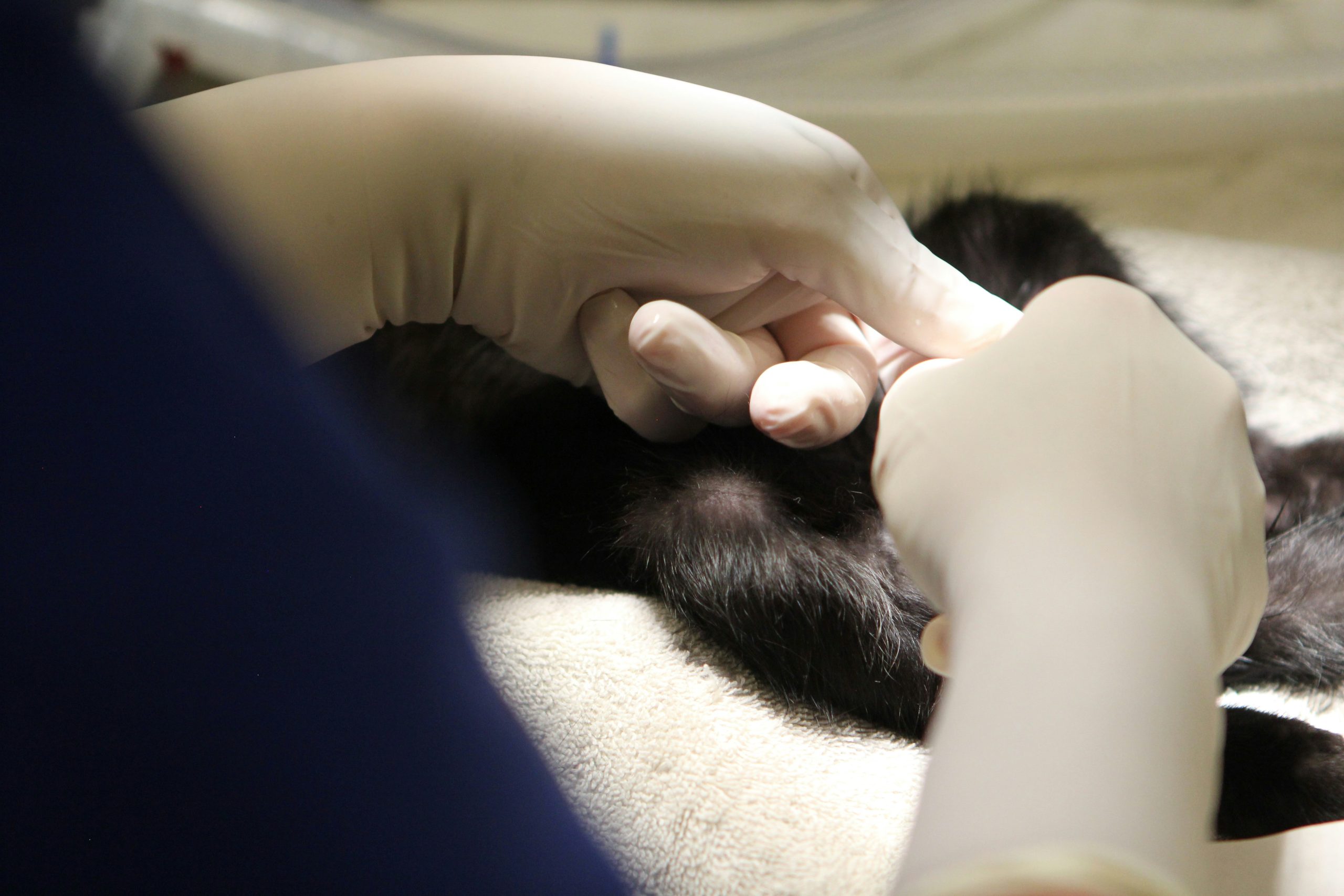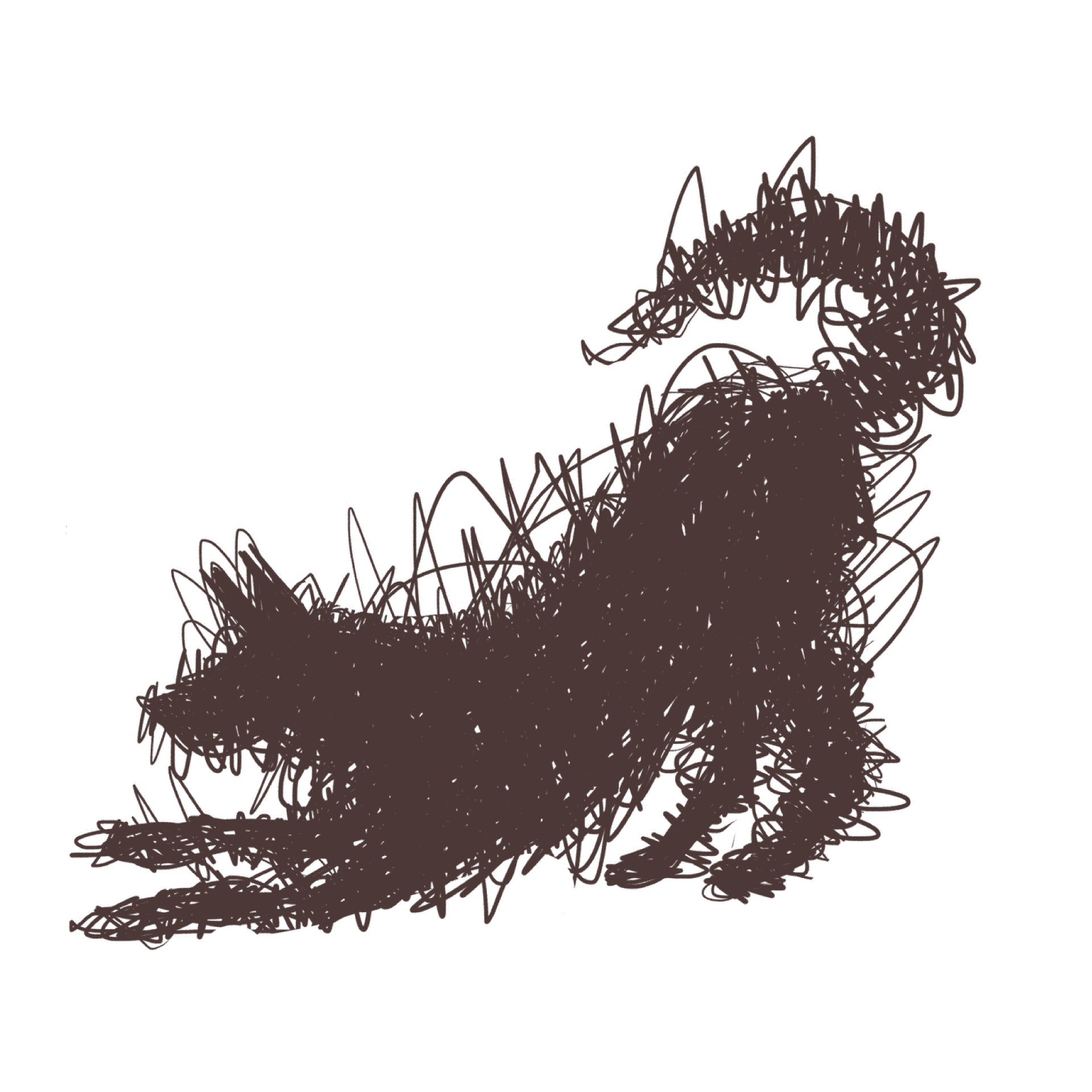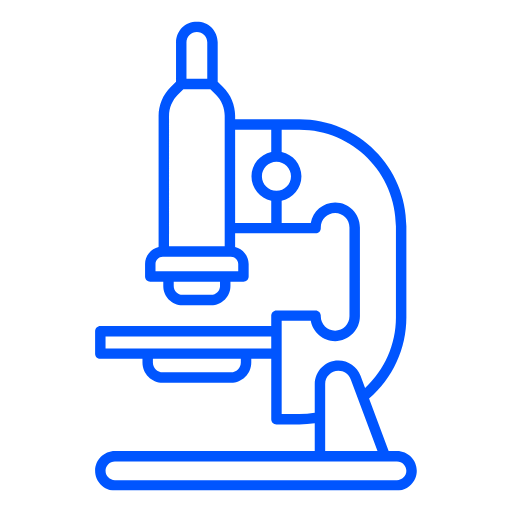Endoscopy
Pinpointing problems with minimal invasiveness
Endoscopy allows veterinarians to look inside your pet’s digestive or urinary tract using a tiny camera — without the need for major surgery. It helps us identify problems, and take biopsies with the comfort of your pet, top of mind. This quick, low-impact procedure gives us clear answers and helps guide treatment.
It’s a minimally invasive tool that veterinary internists use to explore areas like the esophagus, stomach, intestines, and bladder. By using a small camera, we can examine these parts of your pet’s body and collect samples to better understand what might be causing ongoing health issues.
Procedures such as GI endoscopy (for the upper and lower digestive tract) and cystoscopy (for the bladder and urinary tract) allow us to see problem areas directly and take targeted biopsies for testing. With the insights endoscopy provides, we can more effectively manage chronic conditions and help your pet live a healthier, more comfortable life.

How to book this service?
Please ask your family veterinarian for a referral. Send your veterinarian a referral request to get your initial consultation booked!
We understand you may be struggling to find the help you need for your special pet. We want to help so we created a pet owner self-referral process for a internal medicine consultation.

Frequently Asked Questions
Endoscopy is a minimally invasive procedure where a tiny camera is inserted into your pet’s digestive or respiratory tract to see inside and take tissue samples (biopsies) if needed.
Endoscopy helps veterinary internists diagnose causes of vomiting, diarrhea, weight loss, coughing, or difficulty swallowing. It’s often used to identify inflammation, infections, or foreign objects.
Yes. Endoscopy is generally very safe. It avoids the need for major invasive surgery and usually involves light sedation.
Endoscopy is a less invasive procedure, has a faster recovery time, causes less discomfort, and reduces the risk of complications compared to open surgery.
Most pets can go home the same day, though the PetDerm team may recommend a short observation period depending on their health and the procedure performed.
Visual findings are often available immediately. If biopsies are taken, results typically come back in a few days. PetDerm’s veterinary internist will discuss the samples and testing timelines with you prior to the procedure.
Explore other services


